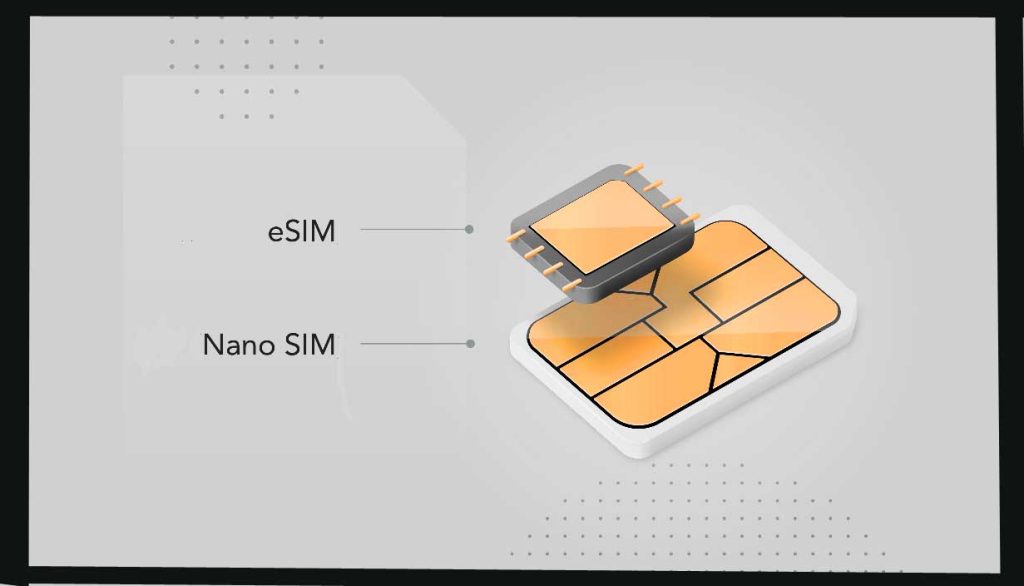

eSIM:
An eSIM, also known as an embedded Subscriber Identity Module, integrates directly into a device’s hardware, such as a smartphone, tablet, or smartwatch. It performs the same function as a traditional SIM card, authenticating the device on a cellular network and enabling access to voice, data, and messaging services.
Here’s how an eSIM works:
- Activation: Users electronically activate the eSIM rather than inserting a physical SIM card into the device. This typically involves scanning a QR code provided by the mobile network operator (MNO) or activating the eSIM through an app provided by the device manufacturer or carrier.
- Profile Download: Once activated, the device downloads the necessary subscription information, including network credentials and authentication keys, from the MNO’s server. This profile is securely stored on the eSIM chip.
- Usage: With the eSIM profile installed, the device can connect to the cellular network and access voice, data, and messaging services just like a device with a physical SIM card.
- Flexibility: One of the key benefits of eSIM technology is its flexibility. Users can switch between different mobile network operators without needing to physically swap SIM cards. They can simply download a new eSIM profile from their chosen operator and activate it on their device.
- Remote Management: eSIMs also allow for remote management of subscriptions. Mobile network operators can remotely update eSIM profiles, provision new services, or deactivate subscriptions without the need for physical intervention.
Overall, eSIM technology streamlines the process of activating and managing cellular service on devices, offering greater convenience and flexibility for users and mobile operators alike.
Post Views: 443
